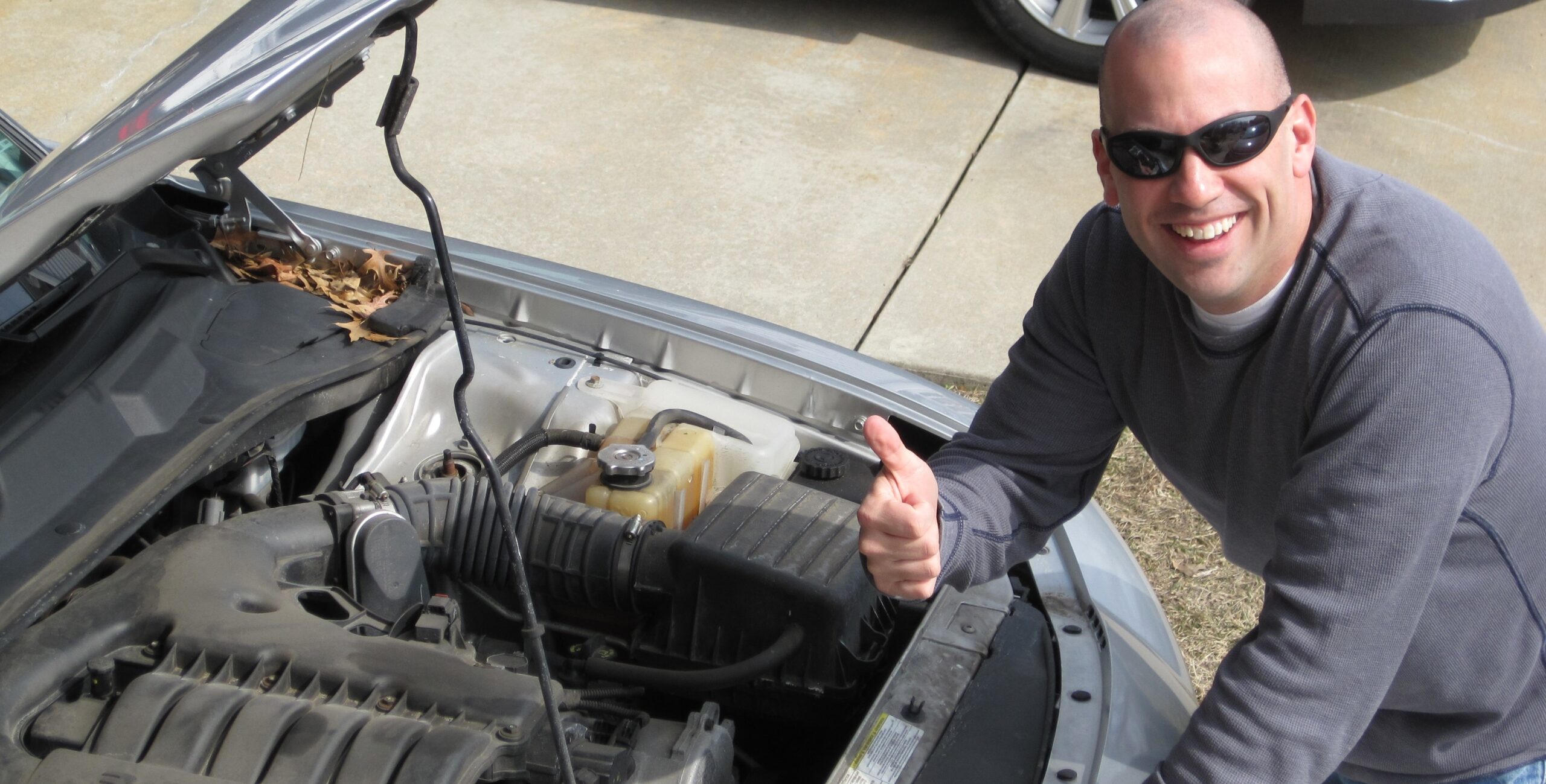| By Christine Sheeky |
If you have been shopping for a used car with high mileage, over 60,000 miles or so, there is a very important, often overlooked item to take into consideration. Maybe you have found a suitable car in your price range. One of the next steps to take is to research whether that vehicle has a timing chain or timing belt, because a timing belt repair is a significant expense.
What is a Timing Belt?
When we are talking timing belts, we are not referring to the serpentine or accessory drive belt(s) that run your generator, power steering, air conditioning and the like, but rather the timing belt that drives the camshaft(s). The timing belt or chain is a component on the engine that connects the crankshaft to the camshaft and controls the opening and closing of the valves. Sometimes the timing belt also drives the water pump and/or the oil pump. It is an extremely important part of your engine.
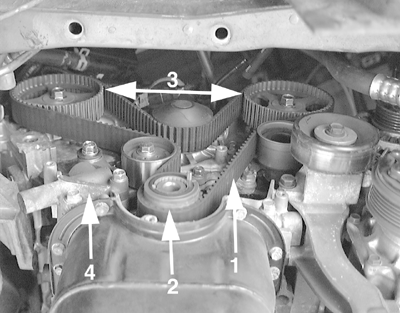
Timing Belt vs. Timing Chain
Trying to find out if a vehicle’s engine has a timing chain or a timing belt can be difficult. However, with some effort, you should be able to figure it out. You can check the maintenance schedule in the owner’s manual if it is still around. In many cases you can access owner’s manuals at the carmaker’s website. Or you can use ChiltonLibrary to look up the information for the vehicle you are considering. Something to keep in mind is that various manufacturers do not always call it a “timing belt.” It can also be referred to as a “camshaft belt” or “camshaft timing belt,” among other things.
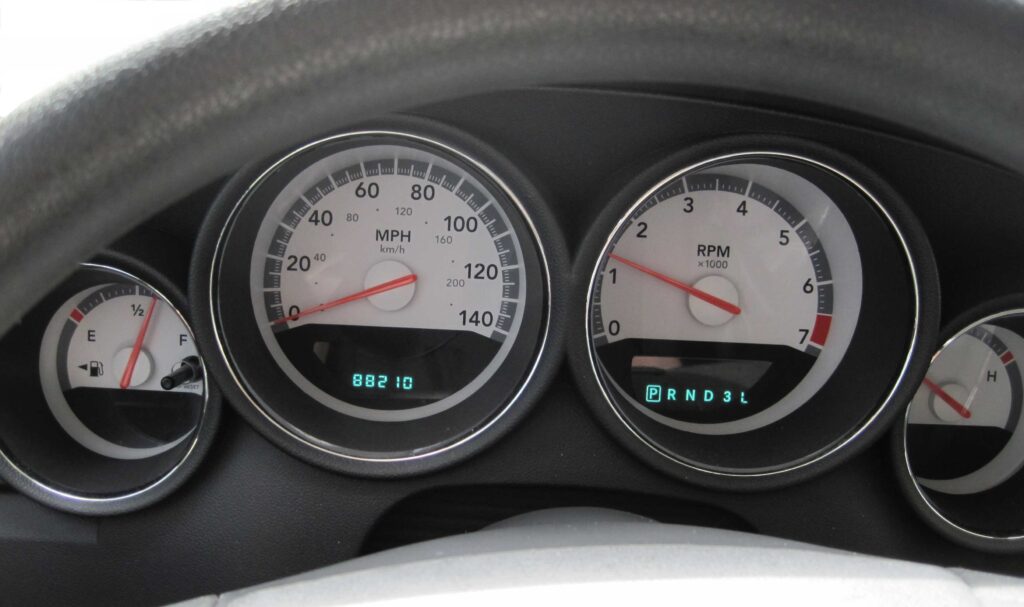
There is a major difference between a timing chain and timing belt. If the vehicle has a timing chain, there is no interval for changing it as a regular maintenance service procedure. However, if the vehicle has a timing belt, there is a very specific interval for replacing it. Timing belt replacement is generally recommended every 60,000 to more than 100,000 miles, depending on the vehicle manufacturer. Check ChiltonLibrary‘s maintenance schedules or the owner’s manual to determine the recommended service interval.
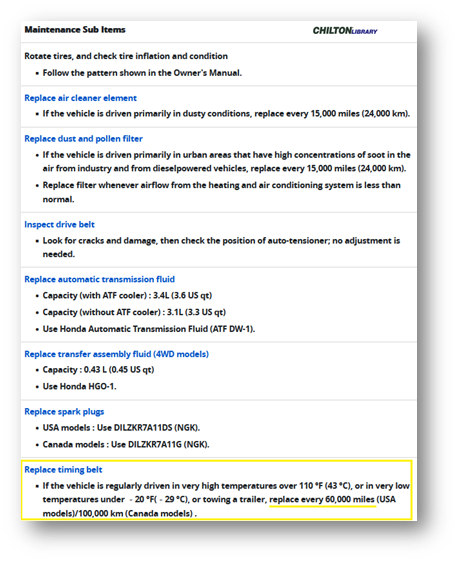
Why Does Regular Timing Belt Replacement Matter?
If the timing belt is not replaced when recommended, it can break. In the case of interference engines, which are manufactured with extremely close tolerances, a broken timing belt will cause the valves to hit the pistons, resulting in serious internal engine damage. Even if you do not have an interference-fit engine, a broken timing belt can leave you stranded, causing massive headaches and expensive engine damage.
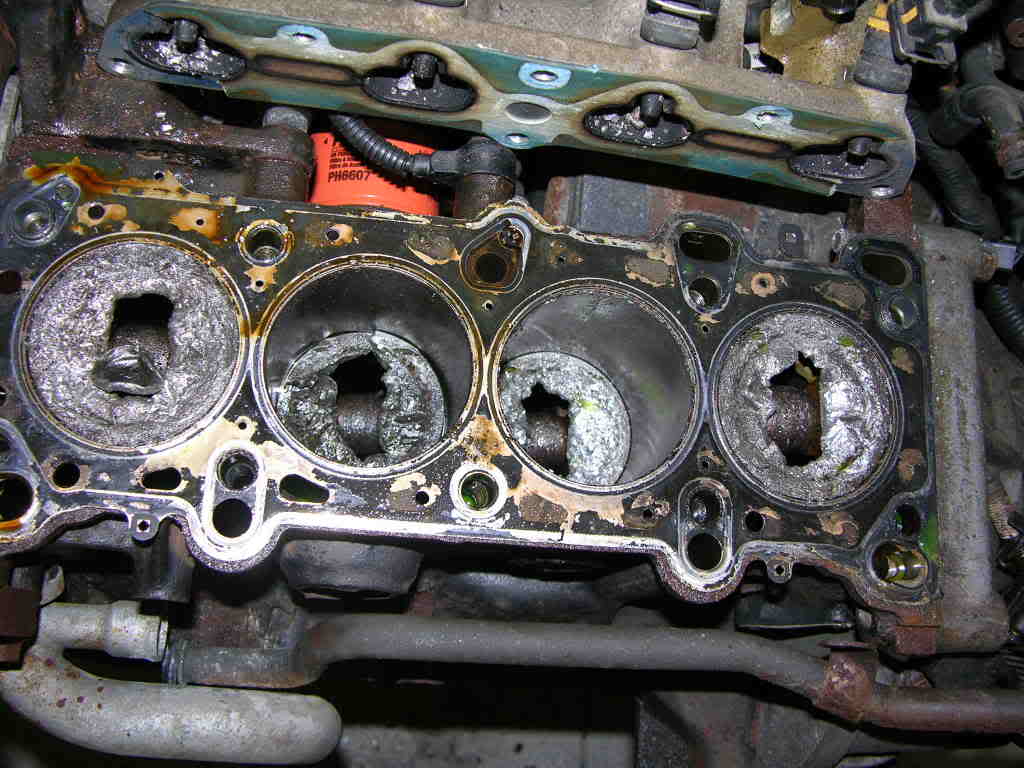
Replacing the timing belt, which usually includes replacing the water pump (as the timing belt runs the pump as well) can cost from $800-$1500, or more; it is a costly and extremely important service procedure. Chilton’s labor estimating information can help you determine more precisely the labor cost of a timing belt replacement for your year, make, and model vehicle.
How to Determine If the Timing Belt Has Been Replaced
When shopping for a used car, there are a few situations to consider. If you found a car you like, and it does have a timing belt, the next question to ask is “has it been replaced?” If the seller states that the belt has been replaced, ask for proof, such as parts receipts if the repair was done by a do-it-yourselfers, or a service record if the repair was done by an independent repair shop or dealership.
Making an Offer When the Timing Belt Needs to Be Replaced
If the timing belt has not been replaced, and the vehicle is nearing the timing belt change interval, consider how this could affect the value of the vehicle when making an offer. Chances are the owner doesn’t want to incur the expense, even if the car appears to be in good condition and the seller is offering it at a low price. If the timing belt replacement is approaching, adjust your offer to include the cost of the timing belt replacement.
If the timing belt has not been replaced and the vehicle mileage is past the service interval, be very cautious. Likewise, if the seller claims that the timing belt has been replaced, but cannot prove it, you now are faced with a “buyer beware” situation. Either scenario can reduce the value of the vehicle.
After considering all of this, have a conversation with the seller. There are different scenarios. A private party seller may be uninformed, or possibly stonewalling. A used car dealer who picked the car up at an auction may not know or care. Sometimes you can find a “certified pre-owned” vehicle from a dealer that will certify in writing that the timing belt has been replaced. That is a terrific reassurance. At any rate, it is a great idea to conduct due diligence on any vehicle you are purchasing to make sure you are an informed buyer. Use Chilton to help you gain that knowledge.
ChiltonLibrary is always there for you 24/7 no matter what your timing. Request to take it for a test run or contact your Gale representative.

Meet the Author
Christine Sheeky started with Chilton as an automotive editor working on the Total Car Care Do-It-Yourself Manuals in 1994, and has worked on numerous Chilton products since. She has had an ongoing interest in everything automotive since spending way, way too much time at a local auto repair shop as a teenager, and hanging around in the pits at the local NHRA race track. She is currently a big fan of her Honda Odyssey (even though she swore she would never drive a minivan), and lives in New Jersey with her husband and two children, where she occasionally daydreams of the good old days cruising around in her awesome 1989 Prelude Si with 4WS (4-wheel steering).

